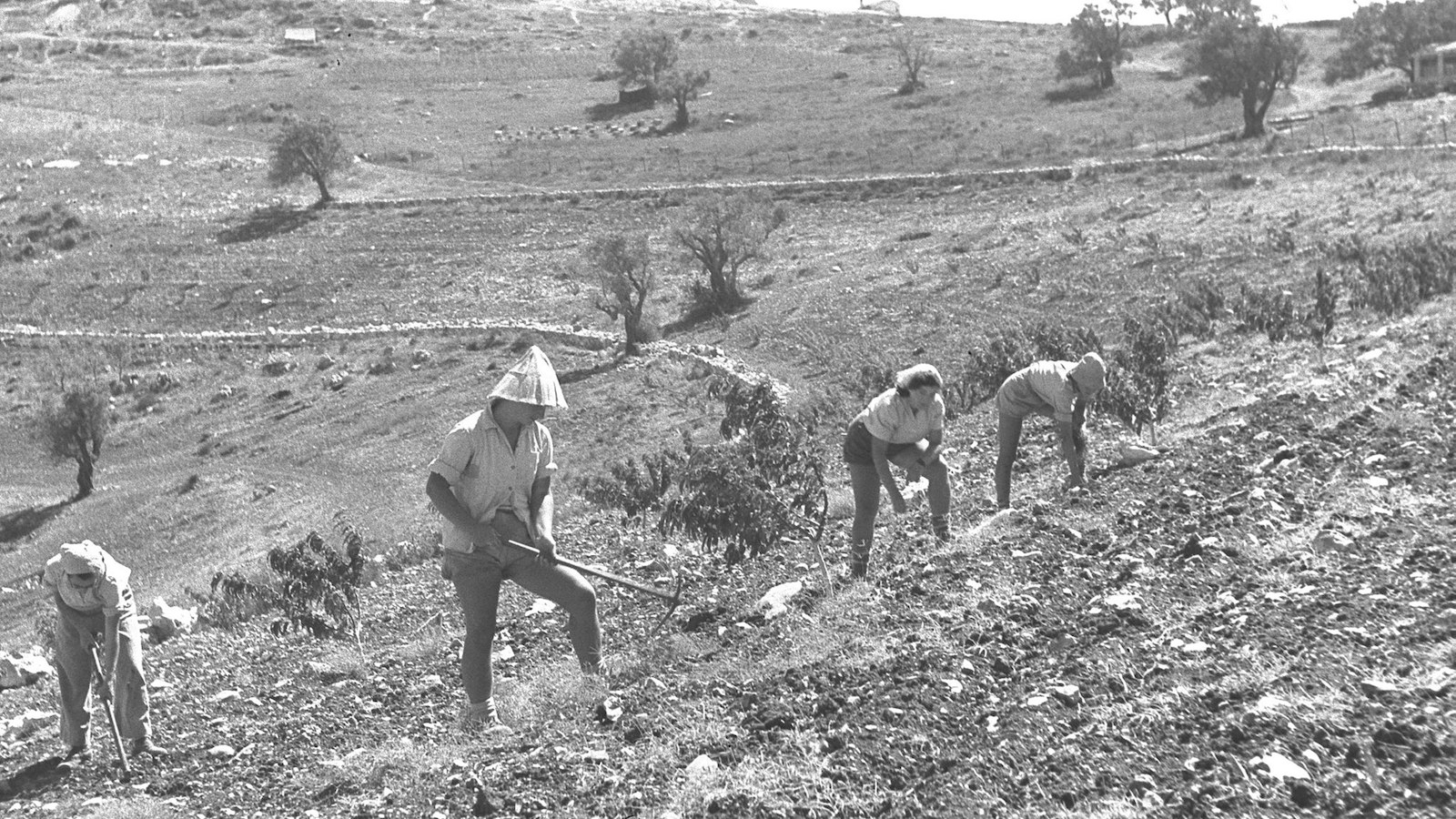In the Jewish scheme of the world, trees have always occupied a key and revered role. According to the Creation story, seed bearing plants and fruit trees were put on the Earth before any other living thing (Genesis 1:11-12). In other words, the first thing God did once He had firm land was to plant trees!
The Tree of Life, which God placed at the heart of the Garden of Eden, became a symbol of Jewish existence, a core value of individual and communal living: continuity.
The sages held wonderfully imaginative discussions about trees in life and legend. They believed that mankind, which they often compared to trees, owes its existence to them and should treat them with special recognition. Serious consequences would result from destroying a tree. The (itself called a Tree of Life in Proverbs 3:18) prohibits the destruction of fruit trees, even in times of war (Deuteronomy 20:19-20), and to prevent the loss of Israel’s natural forests, the sages prohibited the Jews from allowing goats to graze freely. Today in Israel, anyone who wants to destroy a tree must apply for a license, even if the tree is on his or her own property.

Help us keep Jewish knowledge accessible to millions of people around the world.
Your donation to My Jewish Learning fuels endless journeys of Jewish discovery. With your help, My Jewish Learning can continue to provide nonstop opportunities for learning, connection and growth.
Rabbi Yochanan ben Zakkai, who lived in Jerusalem when it was being sacked by the Romans, cleverly taught the priority of planting. “If you should be holding a sapling in your hand when they tell you the Messiah has arrived,” he advised, “first plant the sapling, then go out and greet him.”
Planting a tree — a concrete, practical act — has represented hope since ancient times. On in Palestine, trees were planted for children born during the previous year: for a boy, a cedar, with the wish that the child would grow to be tall and upright, for a girl, a cypress, which was graceful and fragrant. Later, branches from the cypress and cedar of a bride and groom were used to make the chuppah (canopy) for their wedding ceremony. The planting was associated with two of the most important times in an individual’s life, birth and marriage, two occasions when we concentrate on the possibilities for the future. So powerful is this connection that even in the Theriesenstadt (also called Terezin) concentration camp, children planted a tree.
Planting was also considered a way to create eternity. As the Talmud relates, the righteous man Honi once encountered a man planting a carob tree. “How long will it take to bear fruit?” he inquired. “About 70 years,” the man replied. “So you think you will live long enough to taste its fruits?” The man explained, “I have found ready-grown carob trees in the world. As my forefathers planted them for me, so I plant for my children.”
As a result of the Jewish National Fund (JNF) reforestation projects in Israel, the land once desert now supports successful farming endeavors, and millions of trees cover the hills. Visitors to Israel, on Tu Bishvat or at other times, can participate in the Plant a Tree with Your Own Hands Program. A popular alternative is to purchase tree certificates, through local and national JNF and Hadassah offices.
Each inexpensive certificate represents one tree planted in Israel in memory or honor of an individual or on a special occasion. (Only large plantings, not individual trees, are actually designated on site.) Outside Israel, symbolic plantings are often done for the holiday, with trees planted in one’s yard or community, or houseplants started from seeds, particularly parsley, which will sprout in time for Passover.
Reprinted with permission from Celebrate! The Complete Jewish Holidays Handbook (Jason Aronson).



